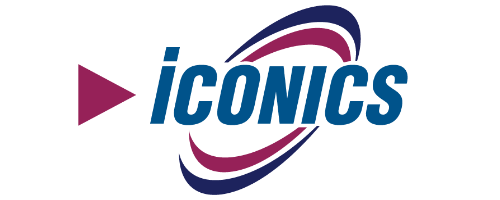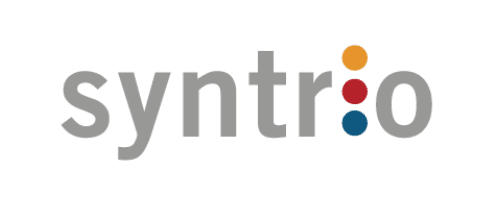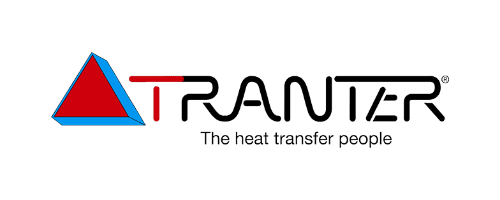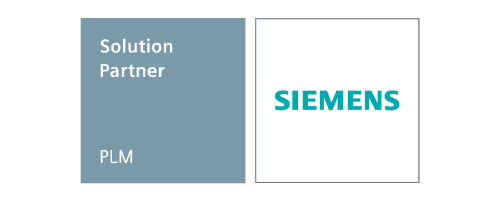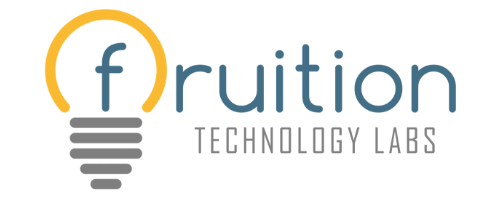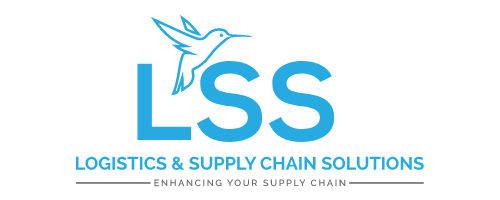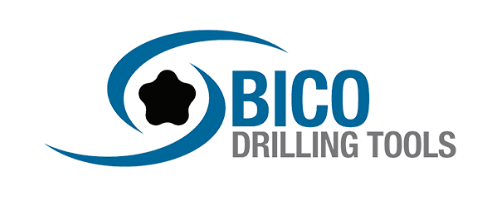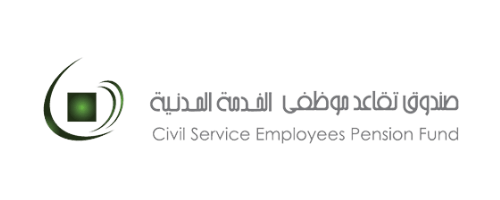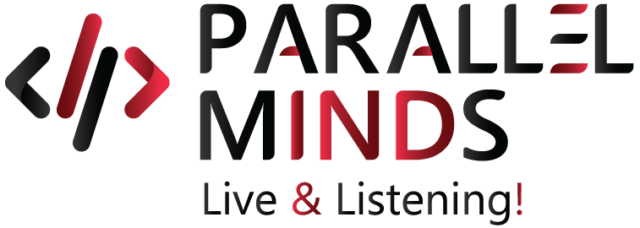Product Problem Resolution System
Overview
Customer is in to developing specialized products but were struggling by manual processes in handling customer complaints and identifying problems from different regions spread across the world.
Challenge
Manual and Scattered Processes: Complaint registration and resolution relied heavily on emails and varied forms.
Delayed Communication: A lack of a unified system meant slow complaint status updates.
Absence of Centralized Data Storage: Vital complaint data was dispersed across sheets, making analyses and retrievals cumbersome.
Lack of Data Analytics Infrastructure: Vital insights into complaint trends and resolutions were missed due to a lack of structured analytics.
Solution
Integrating Power Platform, SharePoint, and Dataverse and TimeExtender
Customer embarked on a digital transformation journey, leveraging Microsoft’s power platform.
Key Features & Implementations
- Power Apps for Digital Complaint Registration: A custom app was developed using Power Apps. This allowed salespeople to register complaints seamlessly via an intuitive interface.
- SharePoint Integration: Complaint data was stored and managed in SharePoint lists, ensuring centralized data access and management.
- Automated Workflows with Power Automate: Processes like complaint progression, technician assignment, and resolution status updates were automated using Power Automate, reducing manual interventions.
- Dataverse for Data Storage: Leveraging Dataverse’s robust data management capabilities, structured complaint data was stored for advanced analytics and secure accessibility.
- Power BI for Data Visualization & Analytics: Integration with Power BI provided dynamic dashboards, offering insights into complaint trends, technician feedback, and resolution timelines.
User Journeys
Incorporating the Microsoft ecosystem ensured that every stakeholder experienced enhanced functionalities:
- Salespersons: Utilized Power Apps for complaint registration and monitored status via SharePoint lists.
- Complaint Committee: Accessed centralized data on SharePoint, and used Power Automate for technician assignment and complaint categorization.
- Technicians: Received assignments via Power Automate notifications and updated resolutions in real-time using mobile-friendly Power Apps.
- Management & R&D: Benefited from Power BI’s analytics, which offered actionable insights derived from Dataverse-stored information.
Results
- Enhanced User Experience: The combination of Power Apps and SharePoint provided a streamlined and user-friendly experience.
- Cost and Time Efficiency: Power Automate’s workflows reduced manual touchpoints, and Dataverse ensured rapid data retrievals.
- Data-Driven Decision Making: Power BI, powered by Dataverse, offered deep insights that facilitated informed decision-making.
- Centralized Data Management: SharePoint and Dataverse collaboratively ensured a single source of truth for all complaint data.
Data Visualization Enhancements with Power BI
- Interactive Dashboards: Users could delve into specific data points, providing more profound insights.
- Trend Analysis: Visualization of complaint trends allowed for proactive issue identification and resolution.
- Feedback Analysis: Visual representation of customer feedback highlighted areas of excellence and areas of improvement.
- R&D Insights: Visualization tools empowered the R&D team to pinpoint product challenges and design improvements.
Conclusion
By harnessing the capabilities of Microsoft’s Power Platform, SharePoint, and Dataverse and tight integration with Time Extender ETL, customer revolutionized its customer complaint resolution process. This holistic approach, grounded in modern technology, elevated service standards, reaffirming its commitment to excellence and innovation.
Share:
More Case Studies

Learning Management System
Overview Revolutionizing Online Compliance Training with a Modern, Scalable, and Engaging Learning Management System Industry: Online

iWellBooks – Well Planning & Execution System
Overview iWellBooks is a cloud-based enterprise web application developed by Parallel Minds for TLX, a
Have a business challenge that requires a low code solution?
Our Esteemed Clients
Parallel Mind has been assisting Fortune 500 companies and established brands in building robust software foundations for over 16 years.
